Building a fence means more than just setting posts and nailing boards—it also requires understanding Raleigh fence height rules and setback requirements.Without following those guidelines, a fence installation can lead to costly delays, unexpected fines, or even being torn down entirely.
The good news is that Raleigh’s Unified Development Ordinance (UDO) provides clear standards, but the technical language can be confusing for the average homeowner. What’s needed is a straightforward explanation that turns complicated code into practical guidance.
In this article, we’ll break down the essentials of where and how high you can build, from quiet side streets in Oakwood to busy corridors like Western Boulevard, so you can move forward with confidence.
Why Fence Rules Matter
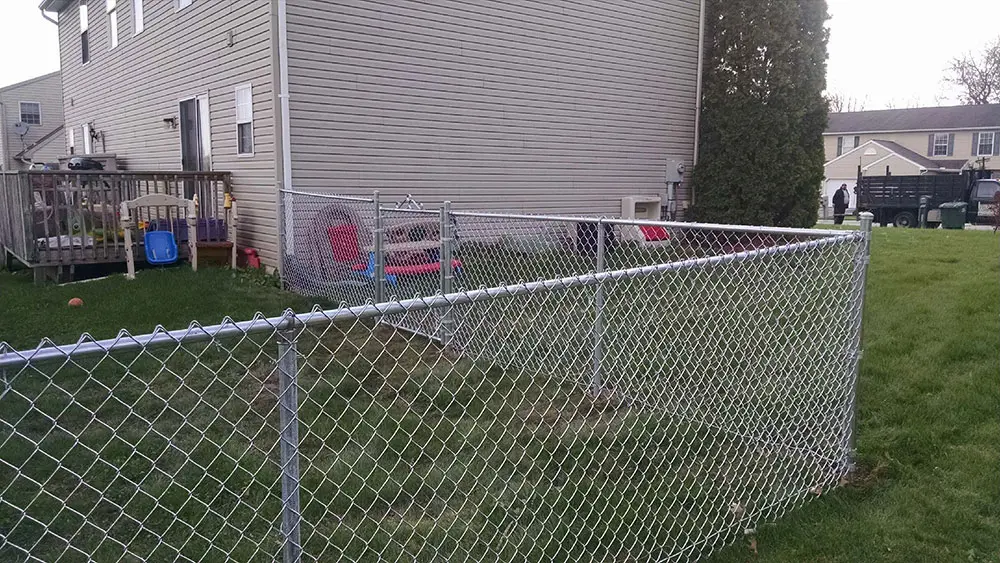
Fence regulations aren’t about making life harder for homeowners. They’re about keeping streets safe, protecting property values, and maintaining the character of Raleigh’s diverse neighborhoods. In areas like Five Points or Cameron Village (Village District), fences that exceed height limits can block views, create hazards for drivers, or clash with the neighborhood’s design.
Ignoring these rules can bring serious consequences. The city can issue stop-work orders, impose fines, or require the removal of the fence entirely. By following the code, you avoid legal headaches and create a safer, more attractive property that strengthens neighborly goodwill.
General Fence Height Rules in Raleigh
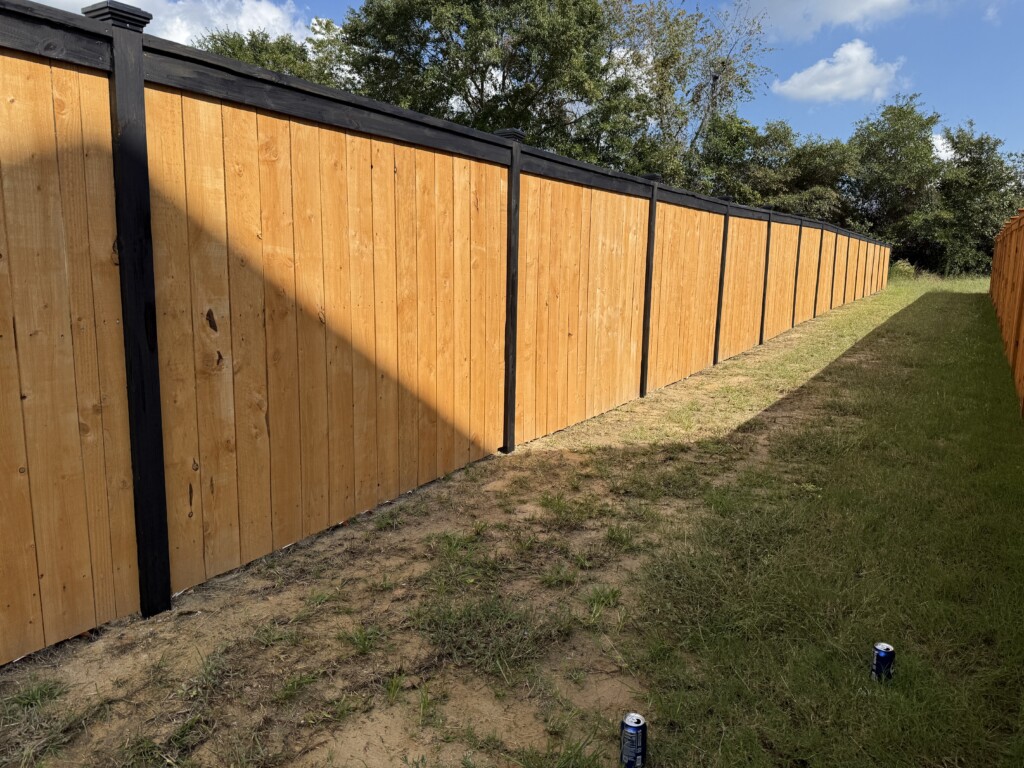
The city sets fence height rules based on yard placement and visibility.
Front Yards
- Maximum fence height: 6.5 feet.
- Any fence taller than 4 feet must be at least 50% see-through. Think of picket fences with spaced slats, like those often found in Boylan Heights.
Side and Rear Yards
- Fences can reach up to 8 feet in many zoning areas. That’s why neighborhoods such as Stonehenge or Falls River often feature tall wooden privacy fences.
Opacity Requirement The city requires certain fences to remain “open.” That means using evenly spaced pickets, latticework, or designs that let you see through the fence.
For more detail, the official Raleigh UDO fence regulations provide full technical definitions.
Property-Specific Setback Considerations

Fence rules shift depending on your property’s layout. Here’s what you need to know:
Corner Lot Guidelines
If your property is on a corner, such as those in Glenwood-Brooklyn or Oakwood, sightlines are important for both drivers and walkers. The city enforces a “sight triangle,” meaning no tall, solid fencing can block the view near intersections or driveways. This ensures that drivers turning onto side streets can see oncoming cars and pedestrians.
Thoroughfare & Special Street Restrictions
Properties on main roads like Capital Boulevard, Western Boulevard, or Six Forks Road have additional rules. Fences usually need to be 10 to 20 feet from the property line to help with traffic visibility. It is also to give a uniform look along Raleigh’s busiest streets.
Residential vs. Commercial Properties
The city distinguishes between residential and commercial zoning:
- Residential properties: Families in Brentwood or Cameron Park might prefer taller backyard fences because they offer more privacy and help create play areas. The city permits this, but still enforces rules regarding front yard openness.
- Commercial properties: Areas near Triangle Town Center or Crabtree Valley Mall can use taller fences or walls for security, but design and material rules are stricter.
- HOAs: In subdivisions like Wakefield Plantation, homeowners must meet both city code and HOA requirements.
Fence Materials & Design Compliance
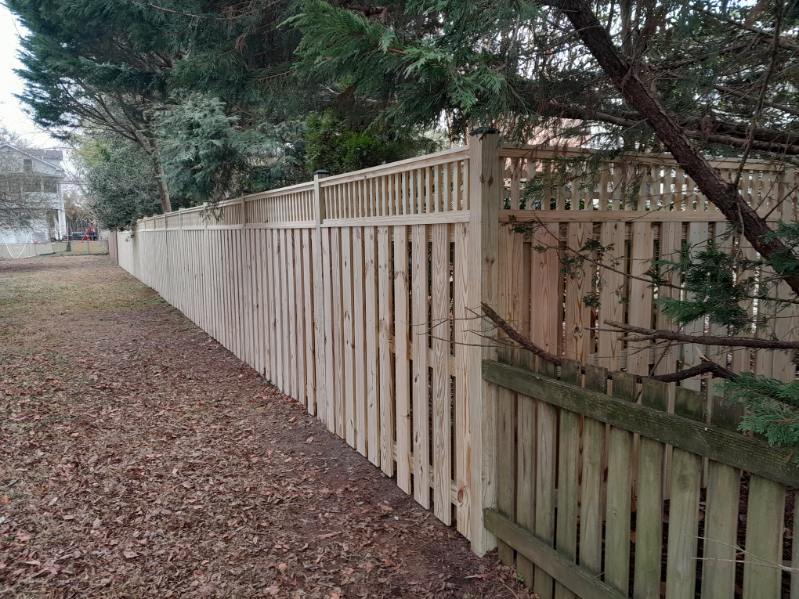
Raleigh doesn’t just regulate fence height; it also sets standards for design and materials.
Allowed Materials
- Wood, vinyl, composite, aluminum are all common in North Raleigh suburbs.
- Each material must still comply with openness rules where required.
Restricted or Prohibited Materials
- Barbed wire or electric fencing is only allowed in agricultural or special industrial areas.
- Chain link fencing may be restricted in front yards in some neighborhoods for aesthetic reasons.
Permits, Inspections & HOA Approval
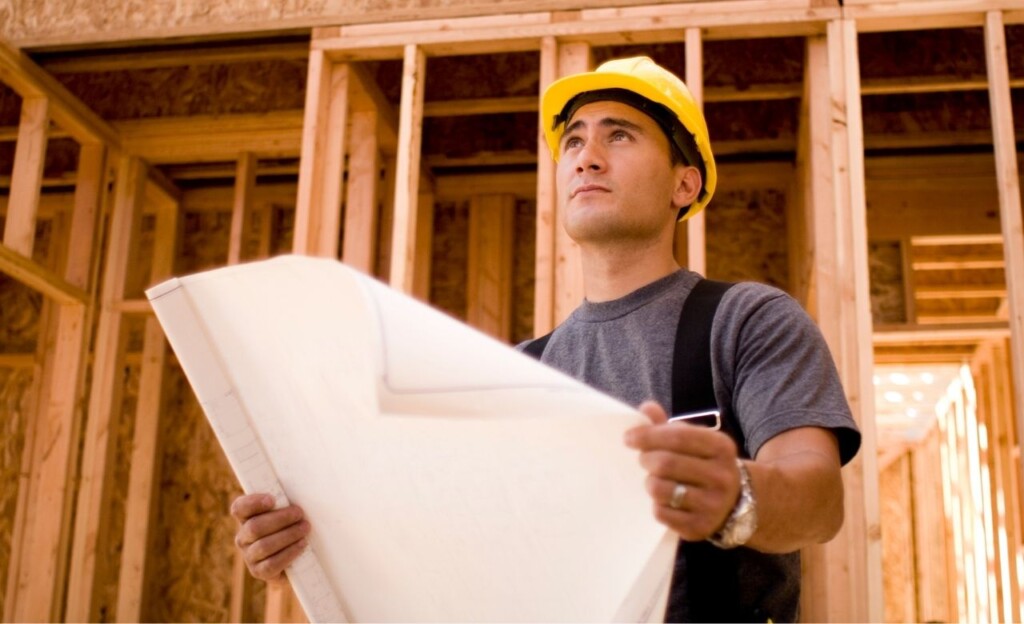
Fence permits aren’t always required, but they’re critical in certain situations. If your design exceeds 6 feet, fronts a thoroughfare, or sits on a corner lot, a permit is likely necessary. The city will check compliance with height, setback, and material standards before approving construction.
In addition, HOAs in neighborhoods like Brier Creek, Stonebridge, and Falls River often require prior approval. Their rules may be stricter than city code, so you’ll need both HOA and city clearance before work begins.
Read our blog on Raleigh Fence Permit Requirements | Complete Guide for Homeowners to learn more.
Common Mistakes to Avoid
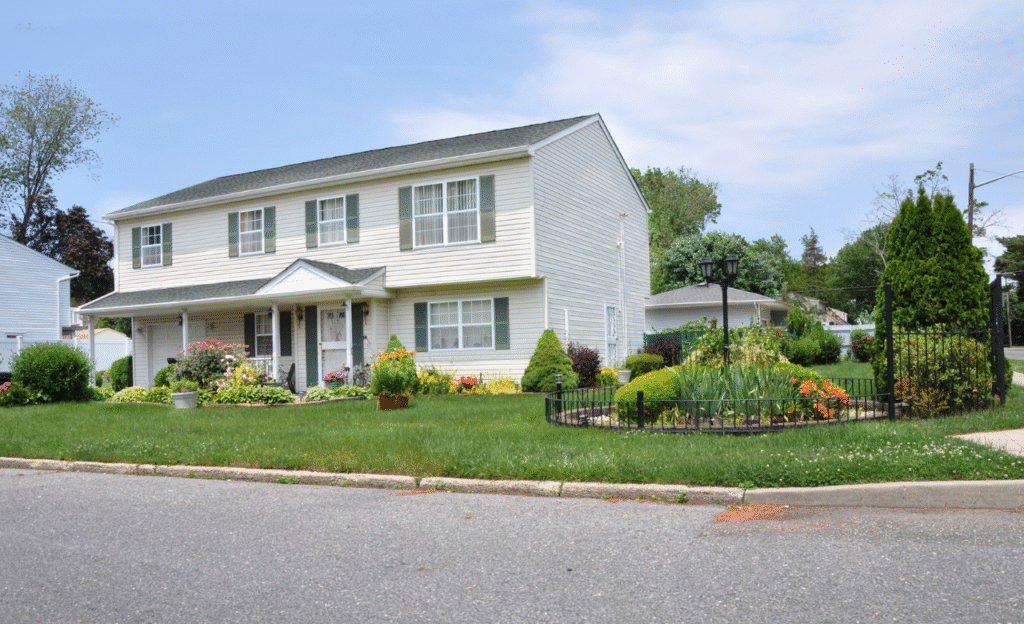
Even well-intentioned homeowners slip up on fence rules. The most common mistakes include:
- Building a solid 6-foot fence in a front yard, especially in high-visibility areas like Cameron Village.
- Ignoring the visibility triangle on corner lots near intersections like Creedmoor Road and Glenwood Avenue.
- Forgetting HOA approval in subdivisions such as Wakefield Plantation.
- Skipping permits for fences on major roads like Capital Boulevard.
Building Smart, Building Safe
Raleigh’s fence rules aren’t roadblocks but safeguards to protect your property value, keep your neighborhood safe, and avoid frustrating setbacks.
If you are ready to move forward with your fence plans, call AAA Fence & Deck at (984) 333-5313 or visit us to schedule your free consultation. With more than 30 years as a local fence company and a “No Questions Asked” warranty, we make compliance effortless so you can enjoy the privacy, safety, and beauty of your new fence without the stress.
Frequently Asked Questions
Do I need a permit for a backyard fence?
Many side or rear yard fences under 6 feet don’t require permits. But in communities like Wakefield or Falls River, taller fences or fences on corner lots may trigger both city and HOA approvals.
How far back does my fence need to be from the street?
If your property fronts thoroughfares such as Western Boulevard or Capital Boulevard, the city requires setbacks of 10–20 feet. This ensures clear sightlines for drivers and a uniform look along major roads.
What happens if I build a fence without HOA approval?
Your HOA can fine you, demand modifications, or require removal. In Brier Creek, for example, HOA standards exceed city code, that is why it’s important to get written approval before construction begins.
Can AAA Fence & Deck manage all the permits and HOA paperwork?
Yes. Our team works directly with Raleigh’s planning office and local HOAs to handle compliance, permits, and inspections, saving you time and reducing risk.
